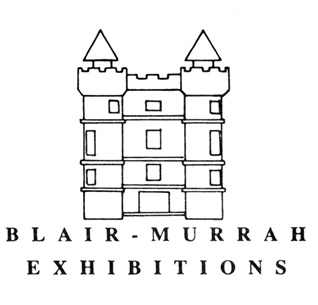Napoleon and His Contemporaries
Many scholars consider Napoleon Bonaparte (1769-1821) to be the most brilliant military figure in history -- he was certainly one of the most colorful and controversial. This fascinating exhibition is a tour through one of the most engrossing periods of French history. The collection includes striking portraits of Napoleon and his contemporaries, and shows the main events and campaigns of Napoleon's lifetime.
In addition to being a brilliant military leader and shrewd strategist, Napoleon re-organized and centralized many of the government functions during his rule. He restored order and regularity to every branch of the French government; he drew up the Napoleonic Code that codified civil law; consolidated the national debt and balanced the budget; centralized equitable tax collection; brought the system of higher education under centralized state control; and built vast public works projects. A new patriotism emerged during his reign, and his accomplishments at home and abroad restored the pride of France.
The visual arts also flourished during Napoleon's reign. He established important museums in 15 European cities in addition to Paris -- works were taken from the reserves of the Louvre and Versailles, and the works of art salvaged from the monarchy and the Church from that time on became part of the public patrimony of France. This first generation of European museums defined and established the concept of the museum as a public institution whose purpose was to educate by conserving and exhibiting its collection of masterpieces -- this differed from the collections or assemblages of works of art that had existed earlier.
The artists of the period created a great body of work that commemorated Napoleon's military prowess and political acumen. Through the magnetism of his charismatic personality, he inspired a new style in art -- one characterized by a neo-classical severity that replaced the more frivolous Rococo style of the monarchy. Napoleon forcibly expressed his preference for national and contemporary subjects in painting and the other visual arts. Jacques-Louis David, the leader of the neo-classic school, created portraits of Napoleon that were memorable presentations of the subject's own image of himself. Other artists worked in a more romantic style, and caught the heroism of the Empire and the excitement which attended Napoleon's conquests.
The exhibition features 60 lithographs, engravings, and many color etchings, as well as an original drawing by H. S. Paro. Some of the artists represented include V. Adam, P. Audorin, H. Bellange, Champion, N. T. Charlet, C. Cornilliet, J. Guerin, C. Motte, N. Schiavonetti, F. Vendramini, and H. Vernet. Introductory text panels surveying Napoleon's life and his impact on the visual arts of the era, are included.




